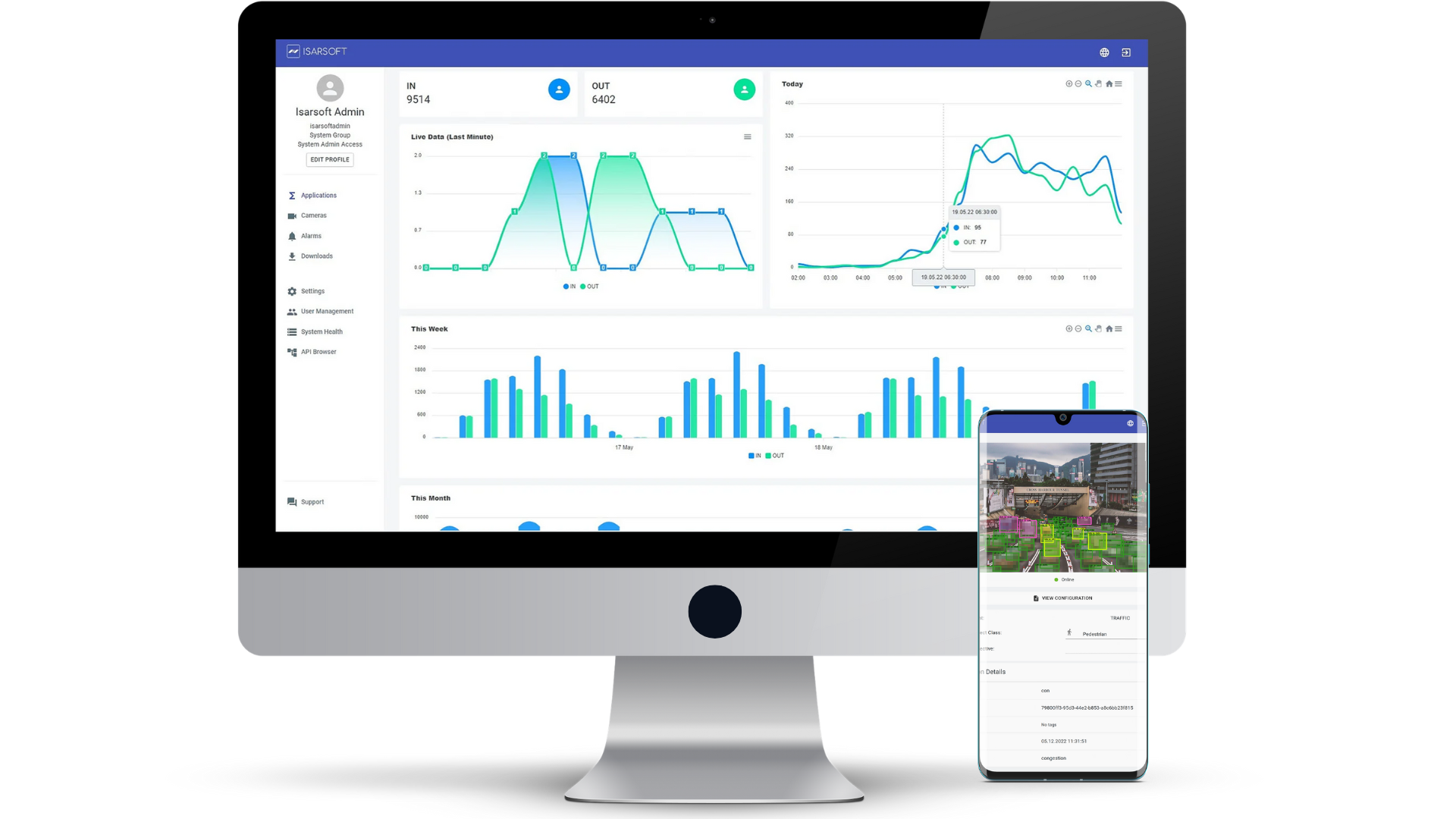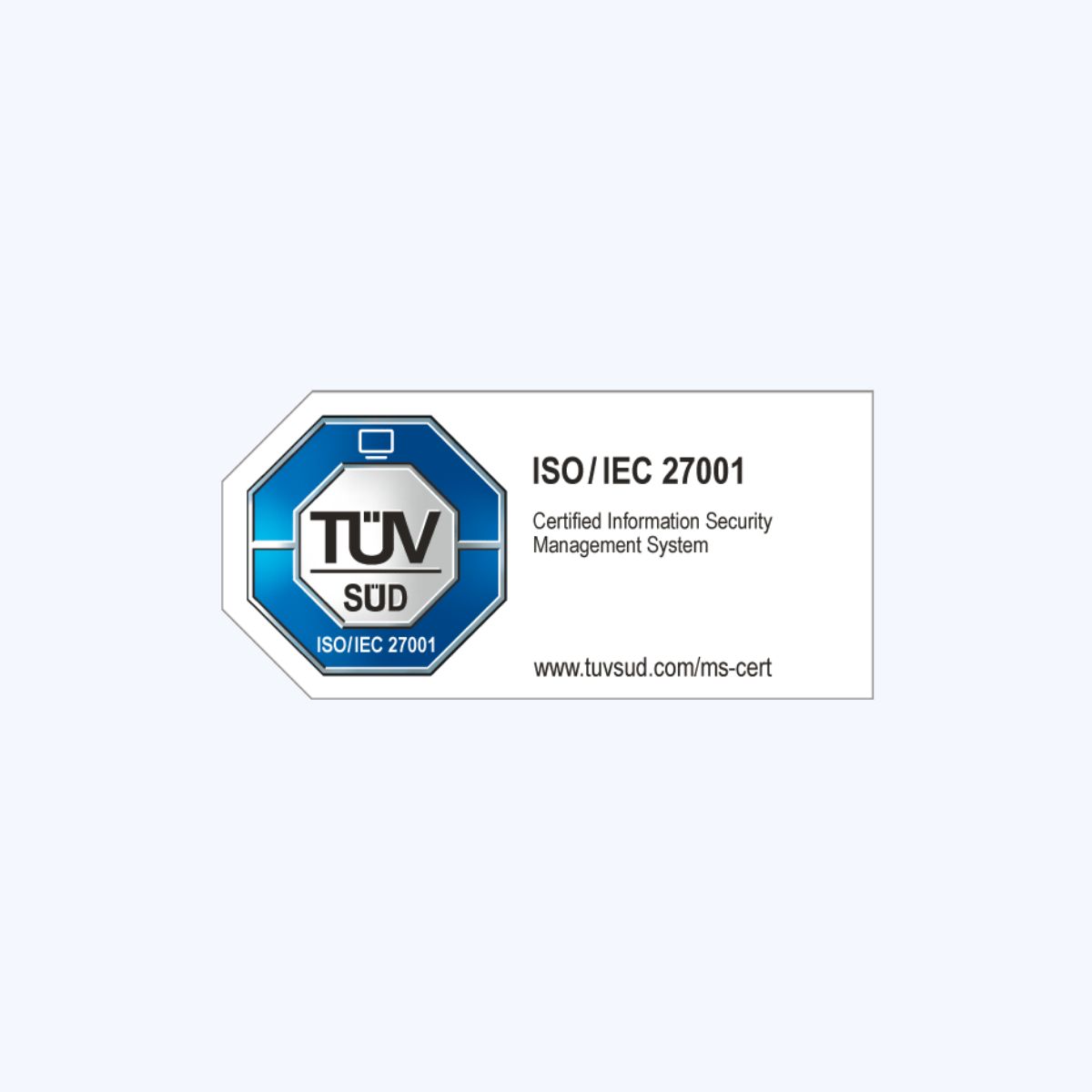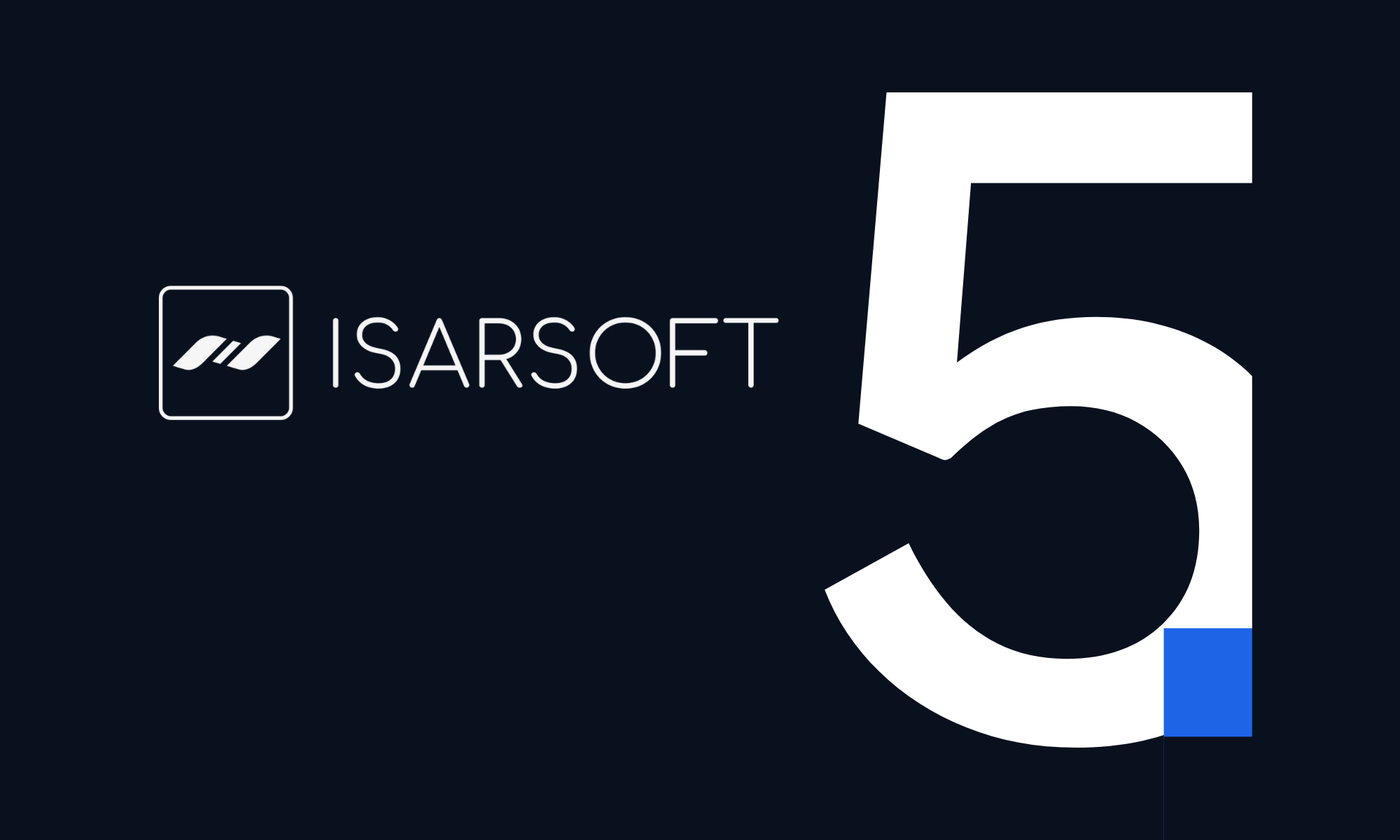AI in Transportation
AI in transportation is essential for optimizing operations and improving efficiency by enhanced decision-making. It enables companies to optimize resources and minimize costs. AI also enhances risk management and safety by monitoring real-time data and providing insights. The risks of AI must be taken into account, which is why a responsible approach is necessary.
Published
August 24, 2023

Introduction
Importance of transportation management
Transportation management plays a crucial role in various aspects of modern society and in today's interconnected world. Transportation is a fundamental component of global trade and commerce. It enables the movement of goods and services between producers, suppliers, and consumers, both domestically and internationally. The management of transportation is necessary to coordinate all the processes which are important for a good working supply chain.
Role of AI
Because of the high level of demand for regional and urban transportation a well-developed transportation sector is essential for economic growth. The workforce is shrinking, especially in this industry and the demand after fast and safe transportation is growing, that is the reason why AI is essential.
Understanding Traffic Challenges
Transportation faces various challenges that impact its efficiency, sustainability, and overall performance. Here are some common transportation challenges:
Congestion
One of the most significant challenges in transportation is congestion, particularly in urban areas. High volumes of vehicles on roads can lead to traffic jams, longer travel times, and increased fuel consumption. Congestion not only affects the efficiency of transportation but also contributes to air pollution and decreases the quality of life for commuters.
.jpg)
Environmental Impact
Transportation is a significant contributor to greenhouse gas emissions and air pollution. Fossil fuel-powered vehicles release carbon dioxide and other pollutants into the atmosphere, contributing to climate change and health issues. Reducing the environmental impact of transportation through sustainable alternatives is a pressing challenge.
Shortage
The transportation industry, in particular, has been grappling with a significant shortage of truck drivers. As older drivers retire and the demand for freight transportation increases, there is a growing gap between the supply of drivers and the demand for their services. But also the shortage of containers can lead to delays in deliveries, increased costs, and inefficiencies in the transportation network.
Safety
Ensuring safety is a huge pat of transportation management. Road accidents, multiple use of track, and maritime accidents can result in loss of life and goods, as well as property damage. Improving safety measures, enforcing regulations, and implementing advanced technologies are important for mitigating transportation-related risks.
Areas of Transportation
Shipping
Water transportation offers several advantages, including the ability to carry large quantities of cargo, cost-effectiveness for long-distance travel, and reduced environmental impact compared to some other transportation modes like air transport.
Aviation
Cargo planes handle air transportation, connect distant locations and enabling rapid movement across the globe. Air transport is used particularly often for fast delivery, especially for goods such as those with a limited shelf life or when immediate availability is required.
Rail
Trains are part of rail transportation and offer an efficient way to move goods over long distances on mainland. Containers are loaded onto trains at airports and ports so that they can be transported further into the interior of the country.
.jpg)
Road
Road transportation allows access to any location with a road network, so it has more importance for regional connectivity. Due to the fact that through this type of transport any destination can be reached, it forms the last link of the chain. Goods are either loaded from the train, plane or ship onto the truck or the truck transports the load from the manufacturer to the customer.
How AI Can Transform Transportation Management
- Predictive Maintenance: AI can analyze sensor data from vehicles and infrastructure to predict maintenance needs and identify potential failures before they occur. By detecting issues early, transportation companies can schedule maintenance and repairs proactively, minimizing downtime, reducing costs, and improving overall operational efficiency.
- Demand Forecasting: AI-powered demand forecasting models can analyze historical data, weather patterns, events, and other relevant factors to predict transportation demand. This enables companies to optimize their fleet and resource allocation, ensuring that they meet customer needs while minimizing empty trips and maximizing operational efficiency.
- Route Optimization: AI algorithms can optimize route planning by considering various factors such as conditions, delivery windows, vehicle capacities, and fuel consumption. This leads to more efficient route planning, reduced mileage, lower fuel costs, and improved on-time delivery performance.
AI-based Solutions for Transportation Optimization
Intelligent Traffic Management: AI algorithms can analyze real-time data from various sources, including sensors, cameras, and mobile devices, to accurately predict traffic patterns and congestion. This information can be used to optimize traffic signal timings, dynamically adjust lane configurations, and suggest alternate routes, resulting in smoother traffic flow, reduced congestion, and shorter travel times for commuters.
Autonomous Vehicles: AI plays a crucial role in the development and deployment of autonomous vehicles. Self-driving cars, trucks, and drones rely on AI algorithms to perceive their surroundings, make decisions, and navigate safely. The use of autonomous vehicles can improve safety, reduce labor costs, and increase transportation efficiency.
Benefits and Impacts of AI in Transportation Management
- Improved Efficiency: AI-powered systems can optimize various aspects of transportation management, such as route planning, load optimization, and traffic management. By leveraging real-time data and advanced algorithms, AI can streamline operations, reduce inefficiencies, and minimize delays, leading to improved overall efficiency.
- Enhanced Safety: AI can contribute to improved safety in transportation management. Real-time monitoring of vehicles and driver behavior allows for the identification of risky situations and the implementation of preventive measures. AI-powered systems can detect potential hazards, provide alerts, and enable timely interventions, ultimately reducing accidents and improving overall safety.
- Increased Sustainability: AI enables transportation management to be more sustainable. Optimized routing and load consolidation reduce the number of empty miles and lower greenhouse gas emissions. Predictive maintenance helps extend the lifespan of vehicles and equipment, reducing waste. AI-based solutions also support the integration of electric vehicles and renewable energy sources, promoting environmentally friendly transportation practices.

Challenges and Considerations
Integration
The implementation of AI needs broad expertise and special knowledge for this kind of support systems, that is why additional staff with according background is needed.
Ethical and Legal Implications
The use of AI in transportation management raises ethical and legal concerns. For example, decisions made by AI algorithms may impact human lives, such as autonomous vehicles driving behavior. Ensuring the ethical use of AI, addressing liability and responsibility issues, and complying with privacy and data protection regulations are important considerations.
Human-Machine Interaction
AI technologies should be designed to work seamlessly with human operators, drivers, and passengers. Effective human-machine interaction, user-friendly interfaces, and clear communication channels are the cornerstone for trust, acceptance, and cooperation between humans and AI systems.
.jpg)
Future Trends and Innovations
Internet of Things (IoT)
IoT technologies enable the connection and communication of devices and systems within facilities. Sensors, RFID tags, and smart infrastructure provide real-time data on cargo, equipment, and environmental conditions, allowing for better monitoring, asset management, and predictive maintenance.
Conclusion
The integration of AI in transportation management offers numerous benefits, such as optimized route planning, real-time traffic management, predictive maintenance, enhanced safety measures, and improved customer experience. AI-powered solutions, including predictive analytics, automation, and machine learning, can help transportation companies streamline operations, reduce costs, and make data-driven decisions. the adoption of AI in the transportation industry also comes with challenges and considerations. These include ensuring data quality and integration, addressing privacy and security concerns, navigating ethical and legal considerations, managing workforce adaptation, assessing infrastructure readiness, promoting human-machine collaboration, gaining regulatory compliance, and addressing complexity and cost factors.
To successfully implement AI in transportation management, companies must prioritize responsible and transparent practices. This involves ensuring the reliability and accuracy of AI algorithms, protecting data privacy, promoting fairness and accountability, fostering effective collaboration between humans and machines, complying with regulations, and addressing societal concerns.
More about Isarsoft
With Isarsoft Perception, your camera systems become part of your business intelligence. Whether the goal is to increase efficiency, customer satisfaction or safety, Isarsoft Perception provides the insights needed for informed decisions.

Contact us, to learn more about how to turn security cameras into intelligent sensors.
Further References



